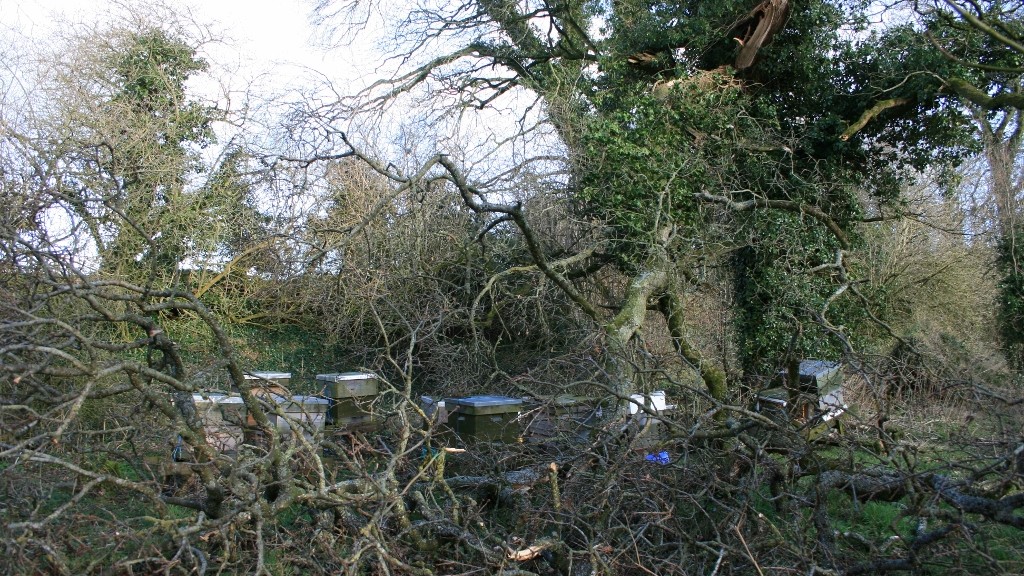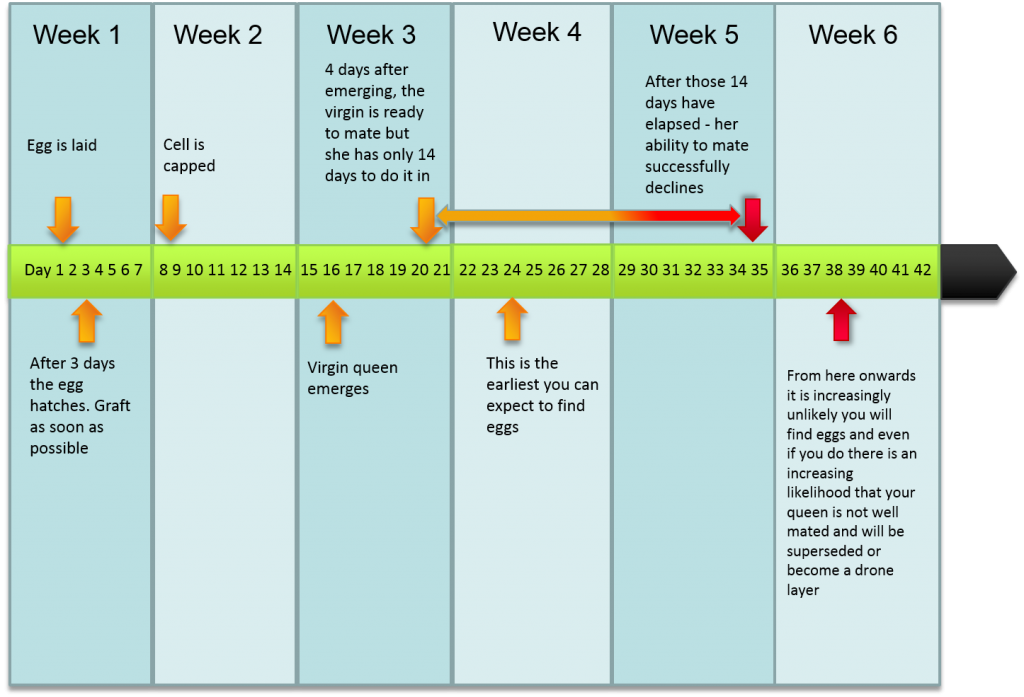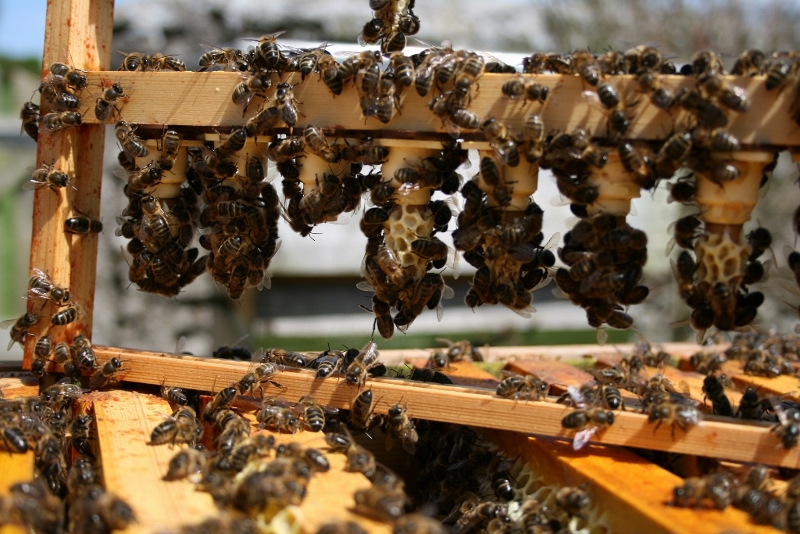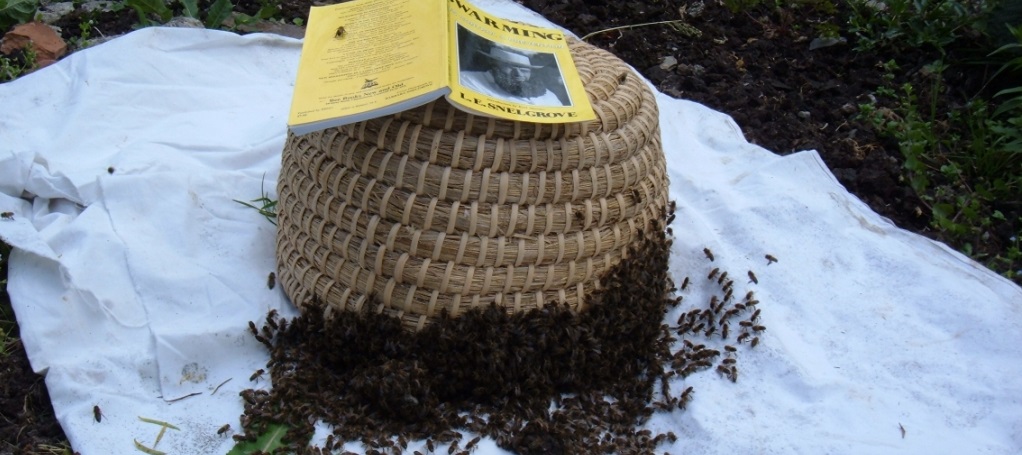There is a lot of bewilderment over which frames to use but there shouldn’t be. Once you understand what the different types are designed to do, the confusion is gone.
In this part of the world we tend to use either National or Commercial hives. Either way, the same principles apply – the only difference being the length of the lugs – that’s the bit you get hold of.
Basically there are two types of frame: Manley or Hoffman. Both are defined by their side bars.
You will sometimes see straight, narrow side bars which are neither Hoffman nor Manley – avoid them because you will need to consider how to space them and it’s not worth it in my opinion. Trust me – I’ve been there.
Here’s a picture of some parts – click it for a better view Continue reading Which Frames?









